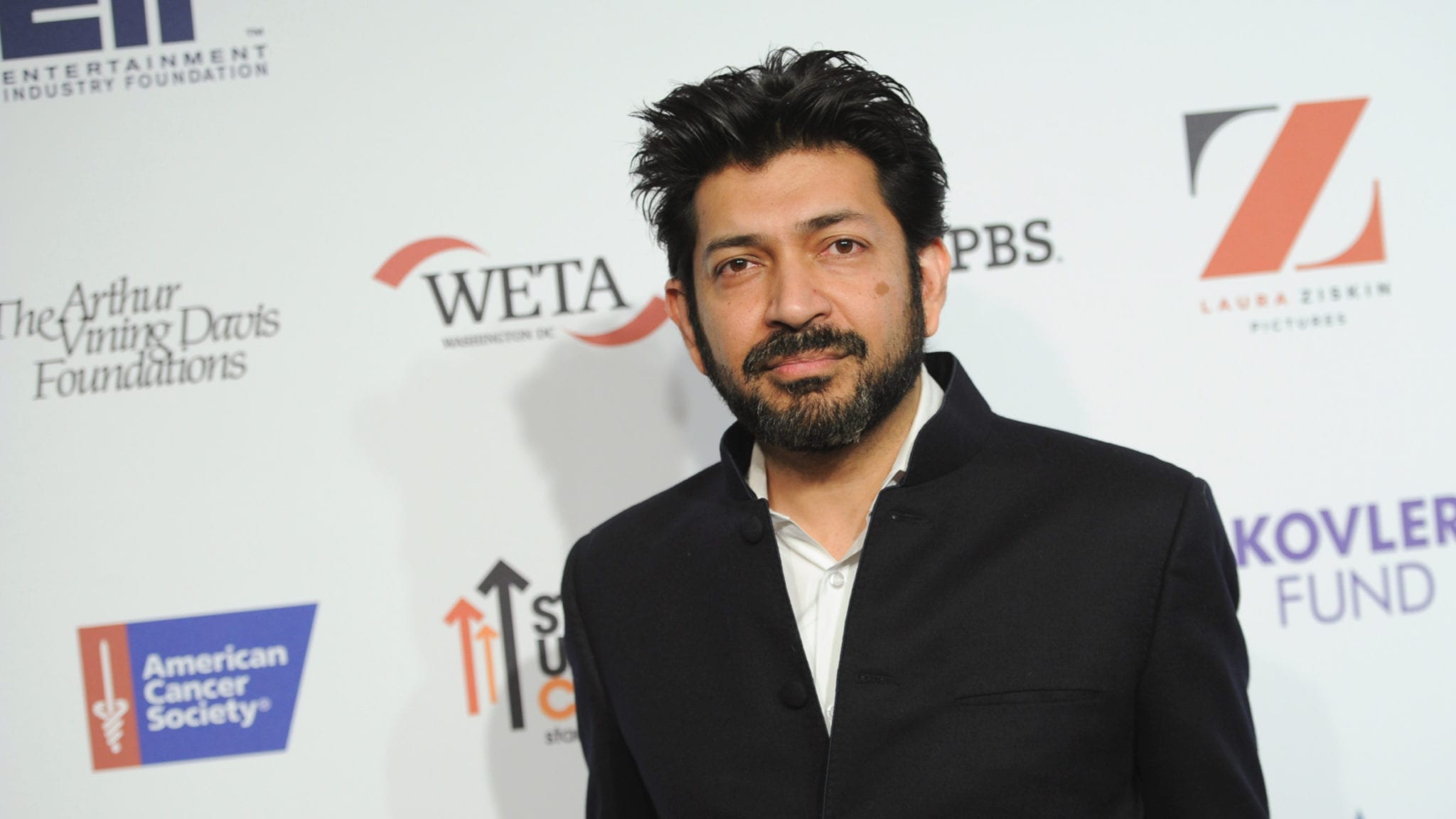
Siddhartha Mukherjee (Evan Agostini/Invision/AP)
With lessons learned from Vor, Siddhartha Mukherjee takes a different route to target solid tumors with startup Myeloid
Siddhartha Mukherjee is a busy man these days.
The Pulitzer Prize-winning author, Columbia professor, oncologist, hematologist and leading cancer researcher in 2016 launched Vor, a …
Sign up to read this article for free.
Get free access to a limited number of articles, plus choose newsletters to get straight to your inbox.